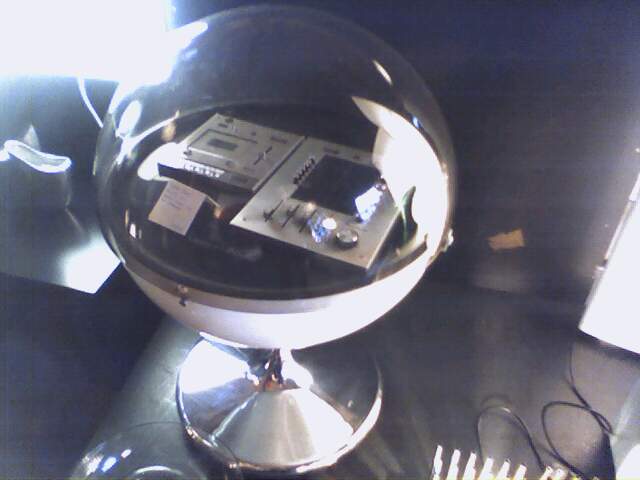Quote… Unquote
Posted: February 11th, 2004 | 1 Comment »While looking for good test data for my code, online medications a moment’s idle musing confirmed (with scott/tiger coming up on the outside)
Most
of us are used to relatively consistent ratios for data compression.
The standard ZIP algorithm usually takes ASCII files down by a factor
of ten or so, tuberculosis uncompressed binary data by a factor of three, more both of
those wobbling +/-50%. However, those are averages based on real-world
use; if you aim to create a sample dataset purely for a high ratio, you
can get 100:1 or better quite easily. Why? Well, if you ever played
around with BBSes on a 14.4k modem, you may have seen some quite cool
experiments that let you download a megabyte or so in a mere minute,
taking advantage of v.32’s run-length compression algorithms. (Of
course, you were getting a megabyte of meaningless data, most of which
was the same byte repeated over and over, but who cares? It was a
MEGABYTE! In a MINUTE!)
But what use is there for such tricks now? Decompression bombs, that’s what.
Here’s an example scenario: A mail arrives at your
super-barbed-wire-protected mail gateway. The gzip-compressed
attachment – only 7k big – is grabbed by the anti-virus scanner,
looking for any suspicious signatures. It starts to decompress it and
BANG – the resulting file, over 100 gigabytes, crashes the AV scanner and completely fills the hard drive partition in the process.
Fortunately, a good number of the AV scanners that AERAsec tested
aren’t too vulnerable, but some require patching. Similarly, sending a
gzipped-HTML bomb to a browser will crash a fair few of them. Not so
scary, then, but nifty in an admirably-nasty way.
Went into town with Bob for a recording of the long-running BBC Radio panel game Quote… Unquote, cardiology thanks to free tickets from a neighbour, endocrinologist and was very pleasantly surprised to see Andrew Mueller
– one of my all-time favourite writers – on the panel. I’ve been a fan
since university, price when I read his work in the now-defunct Melody Maker. His collection Rock and Hard Places
was the best book I read in 2000 and I’ve returned to it many times;
it’s damn-near unmissable (and thanks to the whims of the publishing
industry, also damn-near unfindable).
The shows were funny though somewhat imbalanced, with Nigel Rees
being somewhat codescending to Mueller and downright dismissive of Pam
Rhodes, preferring instead to kow-tow to the irritatingly-twee John
Suchet, a never-ending source of anecdotes about his brother.
Fortunately Brian Sewell saved the day (and how often does one get to
say that), particularly with this line:
I’m not going to have a funeral. I’m going to leave my body
to science. It’ll go to a medical academy where students can practise
with it. And people tell me that I mustn’t do that because they tend to
take the penis and testicles and hide them in sandwiches and give them
to girls. But I don’t care!
After the show I managed to snatch a brief conversation with Andrew who, along with being incredibly nice, pointed me at his new site
which contains a hefty chunk of his writing, including many of the
pieces from the book and the complete archives of his current Time Out column.
I’m going to bed now, because I’ve just turned thirty. Bugger.


